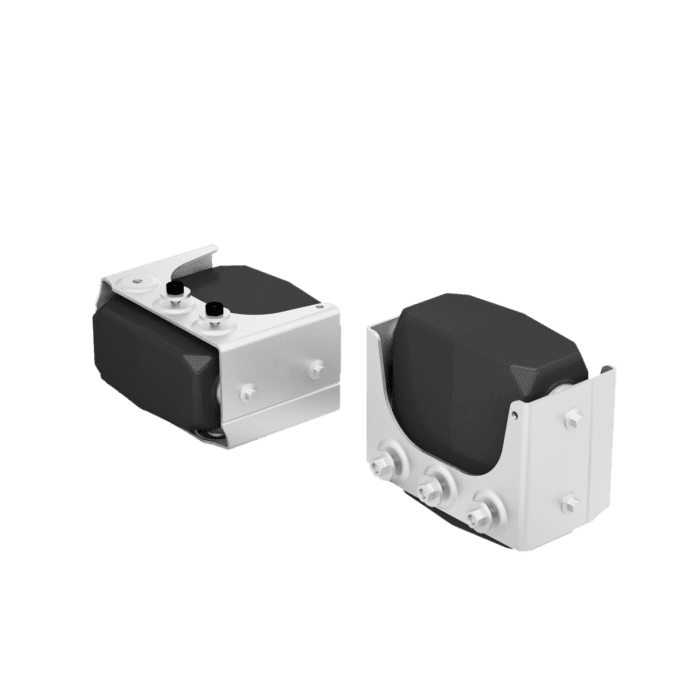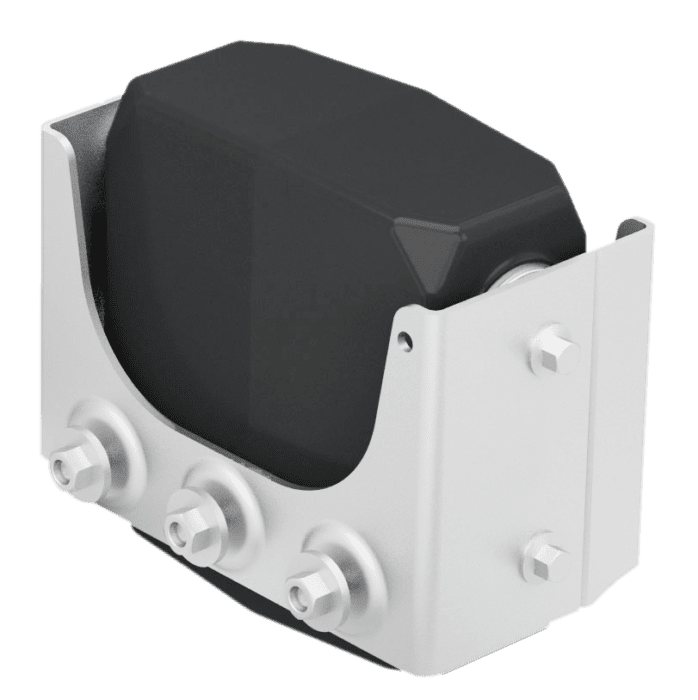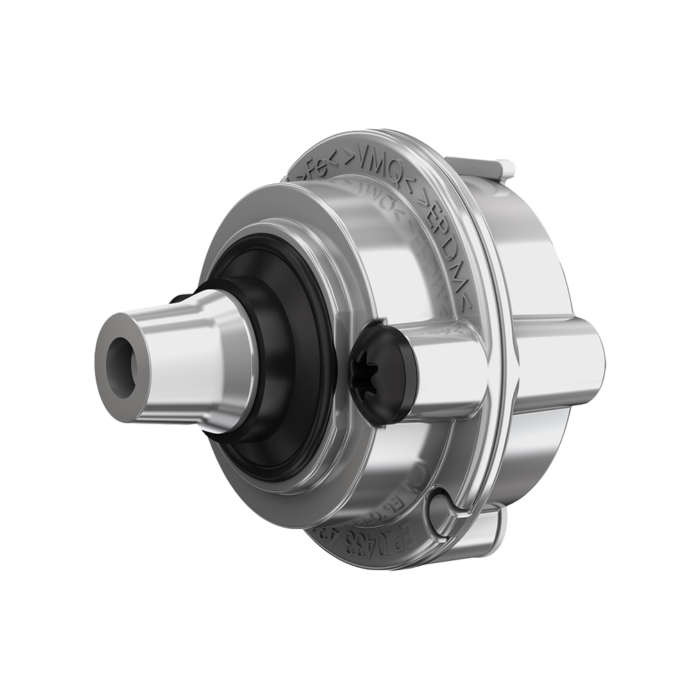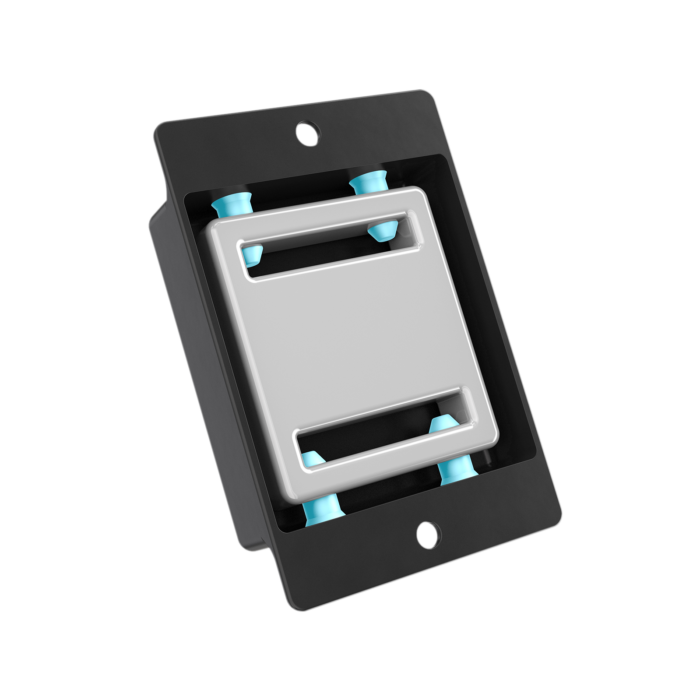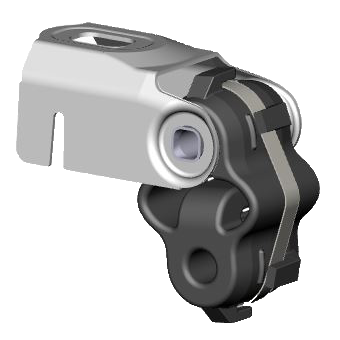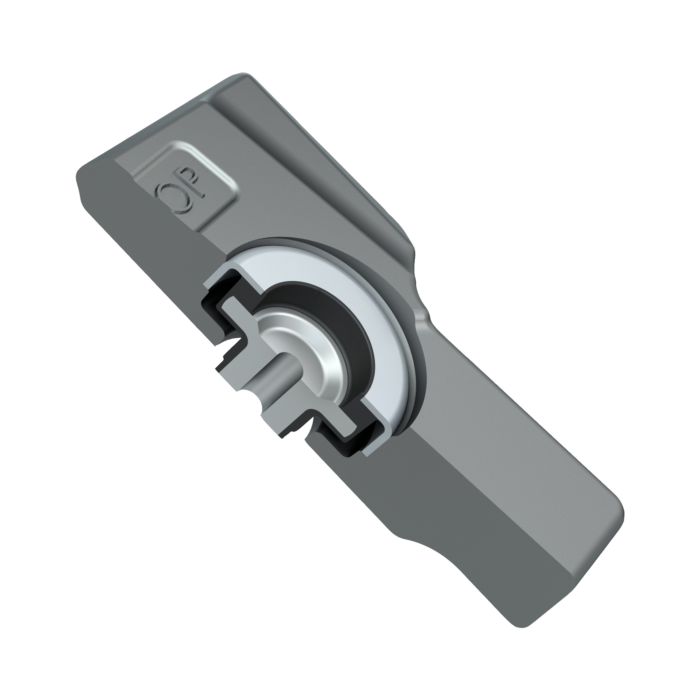Light Vehicle Products | Isolators & Dampers | Chassis
Convertible Dampers
Dampen low frequency excitations of the whole vehicle body
Dampen low frequency excitations of the whole vehicle body
These vibrations can, for example, be felt on seats, and may impair rear vision due to the shaking of the rear-view mirror.
Where sufficient space is available, absorbers are installed at points where the highest amplitudes occur, such as at the front lights or trunk, in order to obtain the optimum damping effect for low frequency excitations of the whole vehicle body. The components are connected to the chassis by elastomeric elements.
About Isolators & Dampers | Chassis
Isolators and mass dampers are ideal for solving a wide variety of vibration-related challenges transmitted into the chassis from the road surface. Linear dampers are a strategic design element to counteract unwanted noise and vibrations – especially in lightweight structures.
more
Mass dampers are ideal for use in applications where vibrations need to be balanced with opposing inertial forces. In these configurations, an additional spring-mass system with the same frequency, but opposite amplitude, acts on the vibrating structure, effectively eliminating its vibrations. The way mass dampers work means they can be used in a wide variety of scenarios: transmissions, steering wheels, and even whole convertibles are just some of the applications that make use of this indispensable system to prevent Noise, Vibration and Harshness issues.
Active mass dampers are another way of improving comfort even further. They use a sensor placed on the vibrating structure and an ECU (Electric Control Unit) that controls a solenoid which is able to accelerate the absorber mass. This way, active mass dampers not only come with a design that weighs less and takes up less space than their conventional counterparts, but they are also able to adjust to variables such as additional cargo load, road surface excitation, and temperature.


